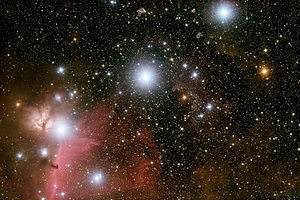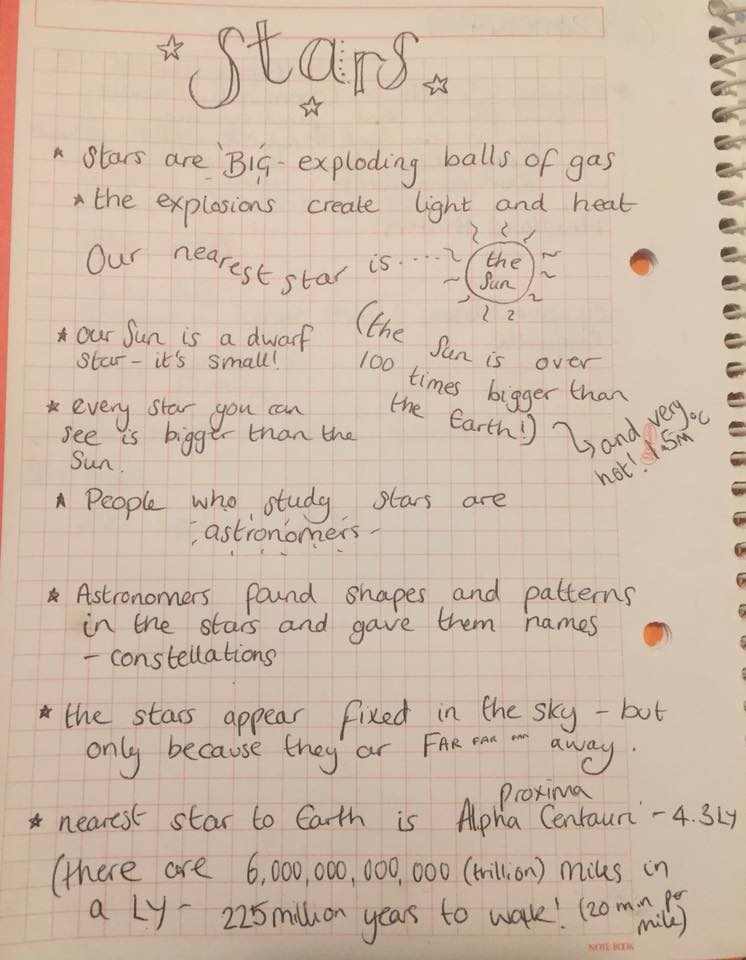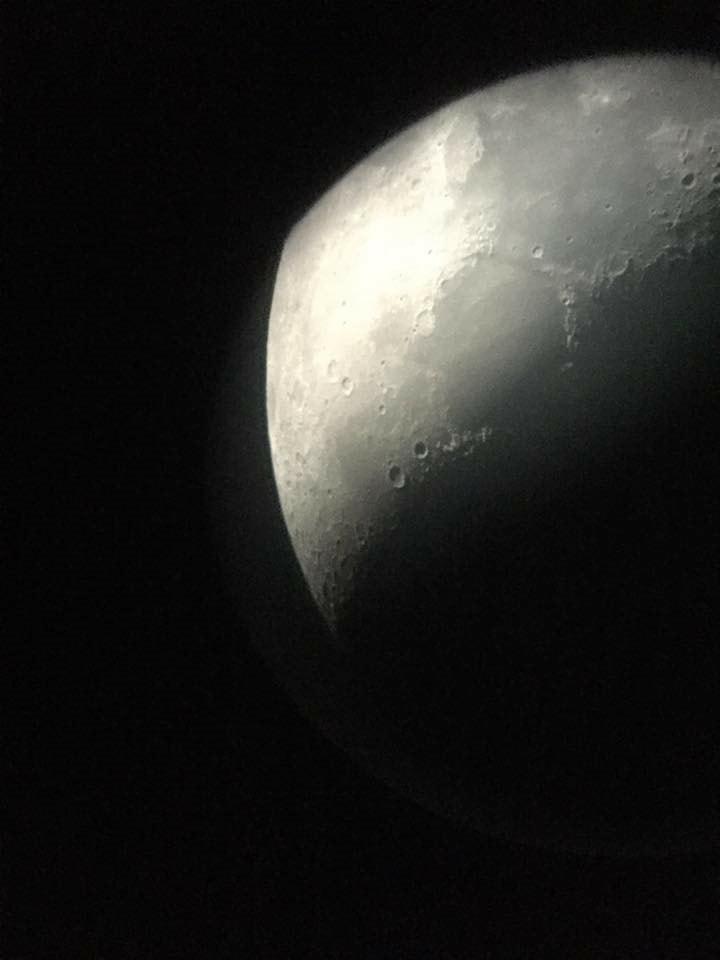|
Last Friday, I shared a few star facts with the Reception class (aka Toppers) of the Five Islands Academy, at the Carn Gwaval base on St. Mary's. They have been looking at fun things to do at night time - obviously stargazing needs to be on the list!
We looked at the Plough and Orion, and completed dot-to-dot puzzles of these. We also learned the words ‘astronomer’ and 'constellation'. Their homework was to find Orion’s belt! I can't wait to hear how they got on.
0 Comments
 This piece was originally broadcast on Radio Scilly in January 2019. Orion is one of the gems of the Winter sky. Right now, this unmistakeable constellation, famous for its ‘belt’ of 3 stars in a row, lies due south in the sky and is clearly visible as soon as it’s decently dark. As I speak, that’s roughly 6.30/7pm. Orion’s a really rewarding constellation for beginners and experts alike, as it has lots of items of interest. Orion was a hunter in Greek mythology, a rather good one, as he managed to place Zeus (king of the gods) in the sky, as the constellation Orion. To find our hunter in the sky, look south and find the constellation with its 4 corners and distinctive 3-star belt. As you’re looking at it, the top left and bottom right of the 4 corners are interesting to observe. The top left, Betelgeuse, is a red giant star nearing the end of its life; you can clearly see it has any orangey hue, almost (but not quite) to rival that of Mars. Contrast Betelgeuse with the blue tint of the bottom-right star of Orion; Rigel (or, if you must, Rigel just like Nigel) is a blue supergiant and the 6th brightest star in the night sky. Look directly at the stars to get the best of their colour; for even more pronounced viewing, grab a pair of binoculars. The great Orion Nebula hangs below Orion’s belt. It can clearly be recognised with the naked eye as something other than a star…something more…nebulous. It’s a place – in our Milky Way – where stars are born: literally. It is a stellar nursery. Stick your binoculars – or even a modest telescope – in that direction, and you’re in for a treat. Orion is the centrepiece object of the Campaign for Rural England’s Star Count 2019, running throughout February, designed to survey the darkness (or lack thereof) of England’s night skies. Find – again, the 4 corner stars of Orion; these will give you a rectangle. Allow your eyes to adjust for, say, 15 minutes. Now, with the naked eye, how many stars can you count within that rectangle? You can’t count the 4 corners but you can count the 3 in the belt. To give you an idea, if you can count less than 10, you’re somewhere rather light polluted. If you can count more than 30, you’re looking at truly dark skies! In the Campaign for Rural England’s recent Night Blight report, Scilly was recorded to have the darkest skies of anywhere in the UK – and long may that continue. So get out there and prove it. Finally, the Observatory on St Martins will be officially open to the public from 1 April. We’ll be shortly publishing our schedule of events for the season shortly. In the meantime, if you want to find out more or have a look around, do get in touch. Happy stargazing. This piece was originally broadcast on Radio Scilly in January 2019.
We had our first go on the observatory’s 14 inch Meade telescope on Saturday night. It’s not fully set up but the Moon was out (behind a light screen of mist). We thought we may as well have a go. And we weren’t disappointed – it was, quite simply, phenomenal. Magnificent as it is, you don’t really need a big old telescope to view the Moon. It’s only 385 thousand-ish kilometres away, which is practically next door, in the grand scheme of space. Binoculars will give you a real reward. You will easily see that the moon’s surface has plains, craters and mountains. Through a small telescope, you start to make out detail in textures and contours, spotting the smaller, shallower craters. This is where you might want a map to start finding your way around! You can’t get many places without consulting a map here on Earth and so it’s the same with the Moon. Find yourself a Moon map – there are several online – and this will help you to identify various features. The Lunar Maria – or Seas of the Moon are a complete misnomer, because they’re actually bone dry. They were once thought to be seas, the dark patches mistaken for water. They were given poetic names like the ‘Sea of Serenity’, ‘Sea of Tranquility’. We now know that these aren’t seas, but are flat plains of lava, however the fancy names have stuck. Believe it or not, Full Moon is the worst time to observe the moon (after New Moon, obviously). It’s so bright that you won’t be able to make out great detail. The best time to view our lunar neighbour is as it’s waxing or waning, ideally in the days following the first quarter – i.e. NOW! Your best place to look is along the line of darkness – known as the terminator (nothing to do with Arnold Schwarzenegger). As the terminator recedes, features near the border stand out in bold relief; that means that shadows become stronger and details are more easily seen. So, grab a map and get looking up at the moon – it has a lot to offer, none of it cheese. |
BYCharlie Payne POSTS
September 2024
|



 RSS Feed
RSS Feed